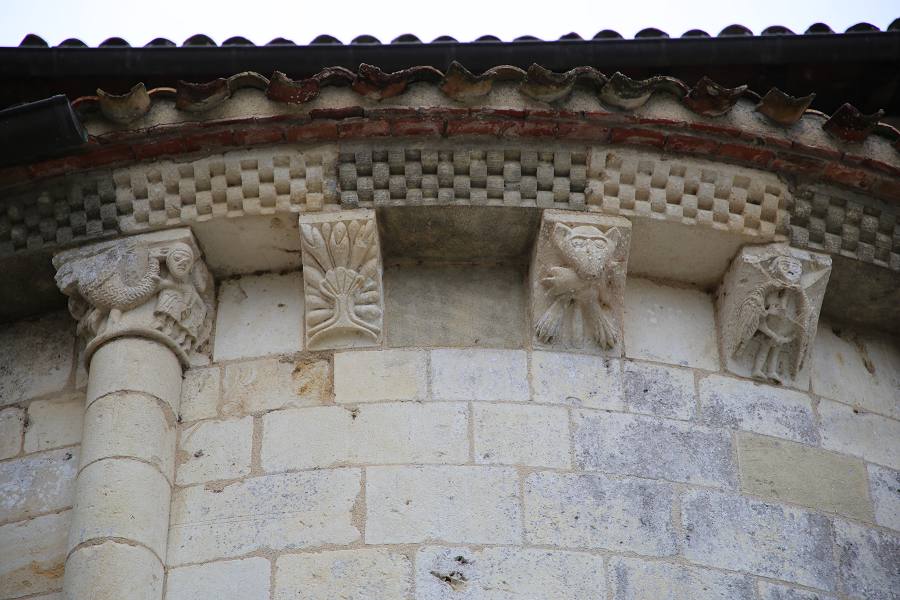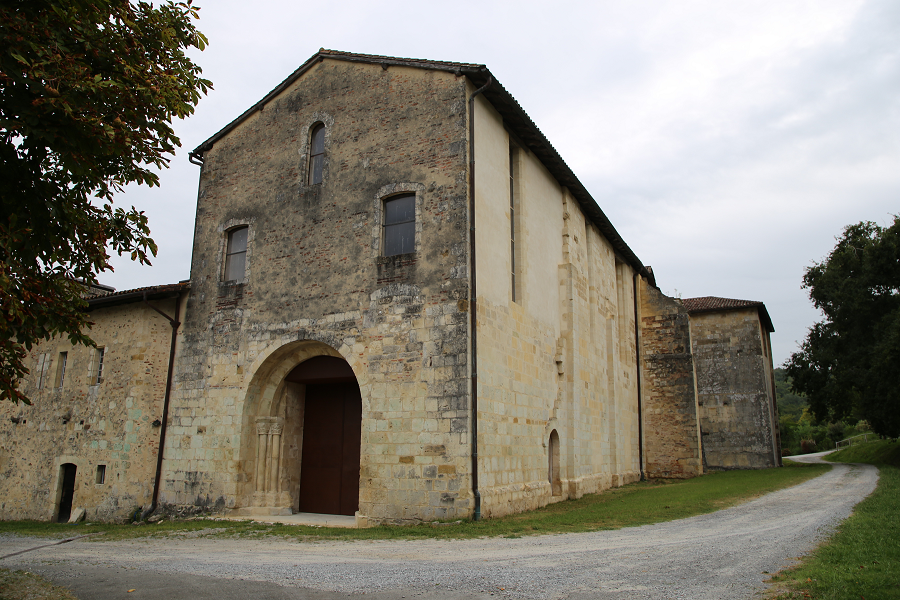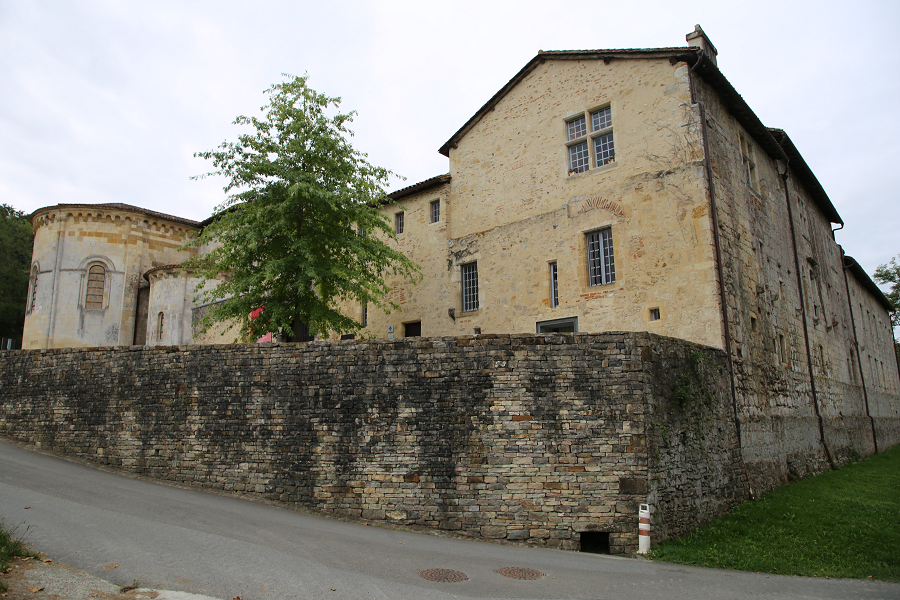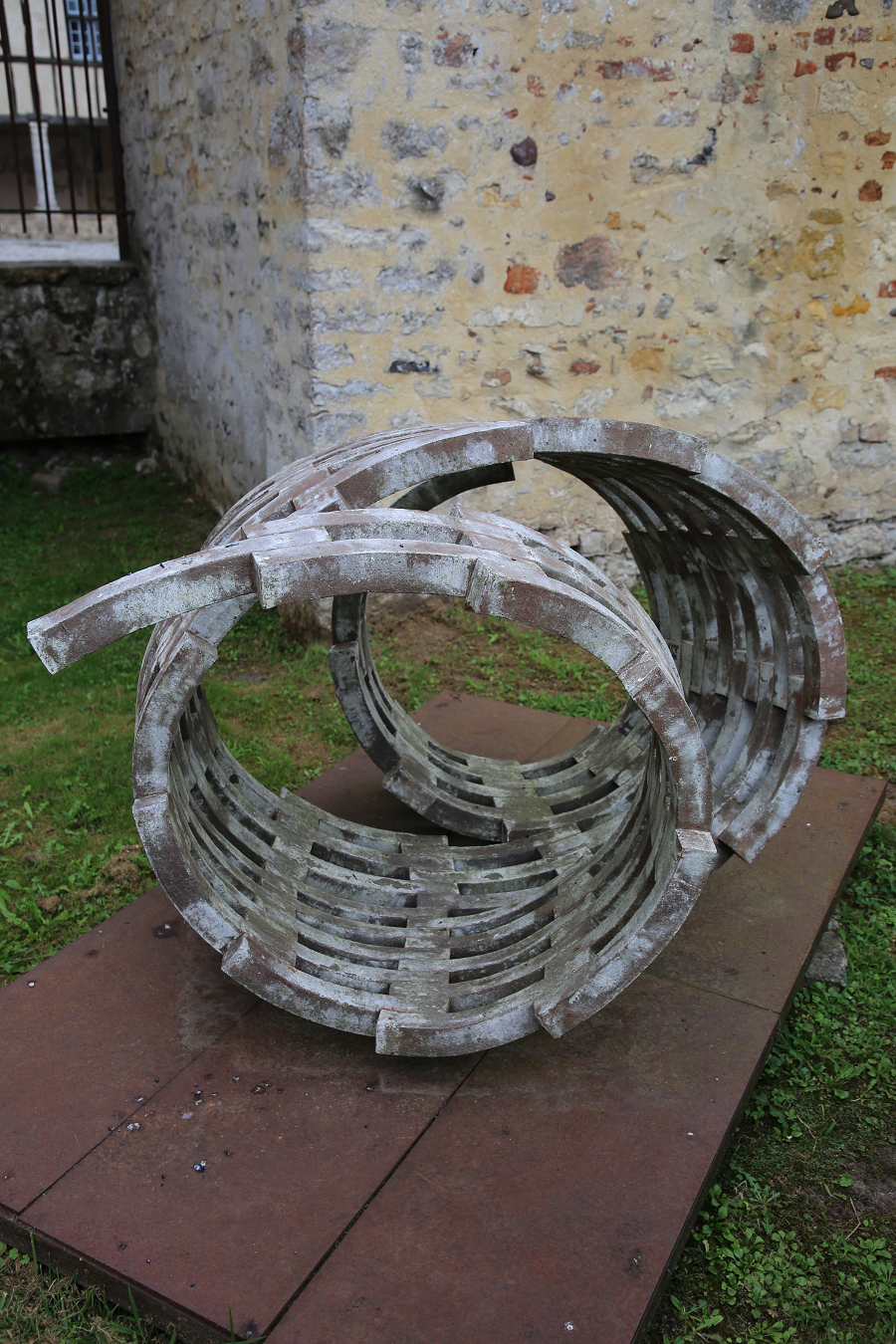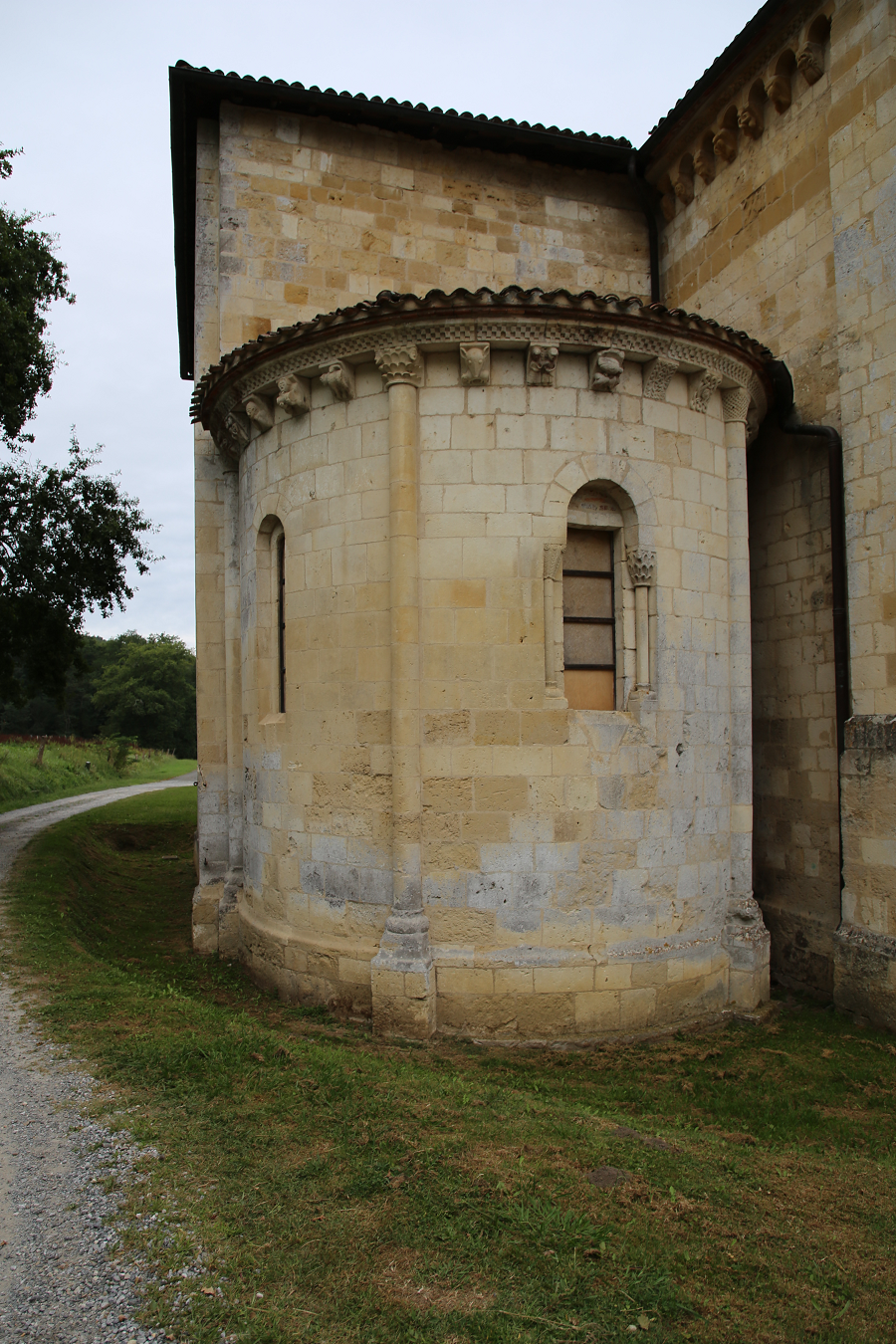Arthous Abbey (formerly known as the Abbey of St. Mary of Arthous, Abbaye Sainte-Marie-d’Arthous in French) is an old monastery which was founded in 1167 in a deserted area bordering the Basque Country.
The abbey belongs to the Order of Premonstrats (this order is spirituality close to the order of the Augustinians, they are guided in monastic life by the “Rule of St. Augustine” as well).
The abbey’s location is in the Arthous district, Hastingues commune, in the French department of Landes.
The abbey church, made in a late Romanesque style, was included on the historical monuments list in 1955, and its monastery buildings, reconstructed in the XVII and XVIII centuries after the end of religious wars, were listed in 1969. They are an interesting example of modern canonical architecture.
History says that the first mission of the abbey was to preach faith to the local population and to do its “evangelization”. The abbey offered refuge to pilgrims en route to Santiago de Compostela and controlled the territory fiercely contested by the Navarre, Bearn, and Gascogne Lords.
Local lords and viscounts made regular donations to the abbey. Cattle and new lands were among them, which provided it with economic prosperity. It had many privileges also (for example, it was exempted from paying taxes).
Flourishing from its agricultural activities and land income, the abbey played a leading role in the region’s religious and civil life.
However, the abbey was badly damaged due to religious wars in the XVI century. In particular, the Huguenots burned the choir of the church and canonical buildings in 1571, and the archives were eradicated.
The abbey was restored during the XVII and XVIII centuries. However, it began to lose its influence rapidly at this time. It ceased to exist completely in 1791 and was used as a farm. A dilapidated church served as a barn. Almost nothing remained of the original monastic buildings except for the foundations of the western and northern walls.
The French writer, Madame de Vilmorin, donated a certain amount to the Landes Department in 1964, which allowed the abbey church and wall to be restored.
The abbey’s buildings partially serve as a room for archaeologists today.
There is also a museum at the abbey. The museum exhibition center offers a journey into the past with the help of interactive monitors, videos, and original artefacts, including exceptional Magdalen sculptures.
The first part of the collection is archaeological exhibits. The General Council of Landes acquired them in 1979 and they include more than 20,000 items (tools and objects made of stone and bone).
The second part of the collection is based on the Gallo-Roman remains (mosaics, ceramics, fragments of marble), which Jean Lauffray discovered during excavations in 1958-1966.
The Departmental Heritage Center recognized this place officially in 2003. Exhibitions and seminars take place regularly here.
How to get there
By car:
From Bayonne: A64, D119
From Pamplona: N-121-A, A63, A64, D119
From Toulouse: A64, D119
Coordinates: 43 ° 31 ′ 38 ″ N, 1 ° 07 ′ 18 ″ E






